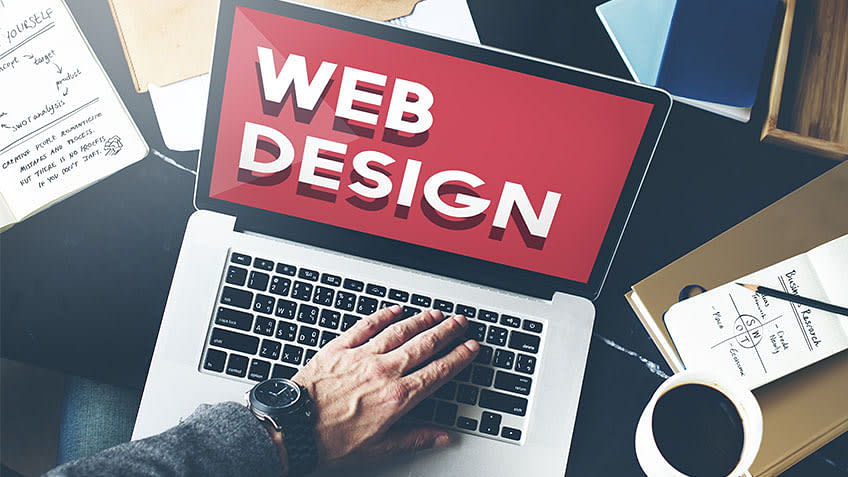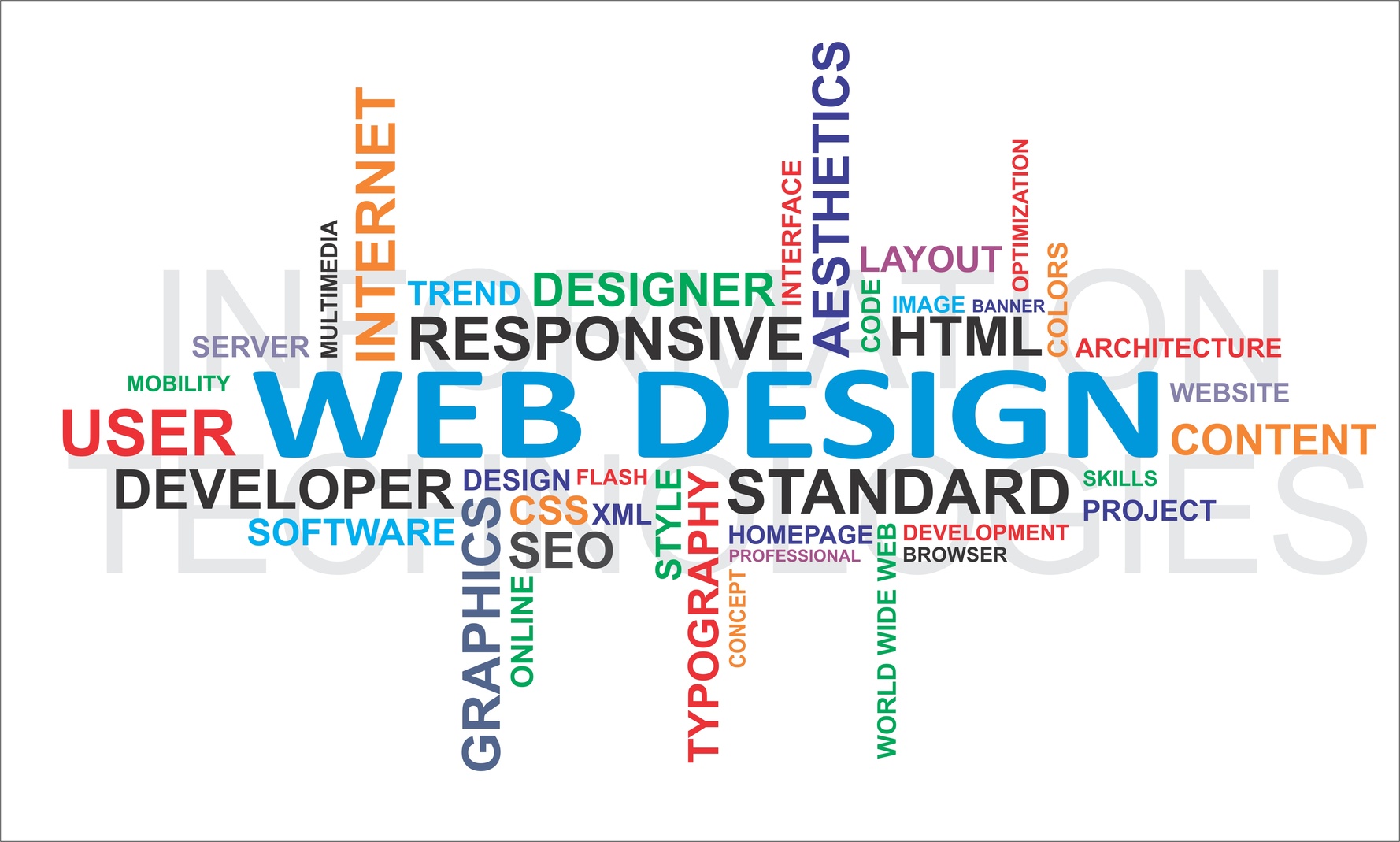Master the Art of Web Layout With These Professional Tips and Tricks
In today's electronic age, having a aesthetically attractive and well-designed internet site is vital for any service or specific looking to make a mark online. In this discussion, we will check out skilled ideas and techniques that will certainly not just enhance the visual appeal of your web site yet additionally improve its functionality and performance. From picking the right shade palette to including reliable call-to-actions, these understandings will aid you create a site that not only astounds your target market however also drives results.
Choosing the Right Color Combination
When picking a color scheme for web style, it is essential to think about elements such as brand identity, target audience, and total visual goals. The shades used in a website can significantly influence just how users engage and view with the website. It is vital to select colors that straighten with the brand's identification and values. A technology company may opt for a modern and streamlined color palette, while a children's brand name might pick intense and lively shades.
In addition to brand identity, the target audience ought to likewise be thought about when choosing a color palette. Different age groups and demographics might react differently to particular shades. More youthful target markets might be a lot more brought in to vivid and strong shades, while older audiences may choose much more low-key and sophisticated tones. Recognizing the preferences and assumptions of the target audience can assist develop a engaging and aesthetically appealing website.
Finally, the general visual goals of the web site must be thought about when picking a color scheme. The shade scheme should complement the overall design and layout of the website, creating a visually attractive and natural experience for individuals. Whether the goal is to develop a serene and relaxing setting or an energetic and dynamic ambience, the shade scheme ought to be very carefully picked to accomplish the preferred visual.

Creating Straightforward Navigating
To enhance the user experience, it is important to develop easy-to-navigate and user-friendly menus for internet sites. Straightforward navigation is vital for guiding visitors with the various areas and pages of a website, allowing them to swiftly locate the material they are seeking. When creating the navigating food selection, simpleness is crucial. Stay clear of littering the food selection with as well many choices, as this can overwhelm individuals and make it tough for them to make choices. Instead, emphasis on providing clear and succinct tags for each and every menu item, utilizing acquainted terms that users can conveniently comprehend.

Along with clear labels and sensible organization, it is very important to make the navigating food selection conveniently accessible. Position it in a prominent area, such as at the top of the web page or in a fixed position, to ensure that users can easily discover and access it from anywhere on the site. Take into consideration using a receptive design strategy to guarantee that the navigating food selection remains available and useful on different devices, including smart phones and tablet computers.
Integrating Receptive Design Strategies
In order to maximize site performance across numerous devices, including receptive layout techniques is essential. Responsive style is a website design method that permits sites to respond and adjust to different display sizes and alignments. With the increasing use smart devices and tablet computers, it is important for web developers to create web sites that give an optimum viewing experience for individuals on all devices.
Among the essential strategies in receptive layout is using fluid grids. Rather than creating fixed-width formats, internet designers develop versatile grids that readjust and resize based on the screen dimension. This ensures that the web content on the web site continues to be easily accessible and readable, no matter the device being used.
One more essential technique is making use of adaptable images and media. By setting the optimum size of video clips and pictures to 100%, they will immediately reduce to fit smaller sized screens. This avoids pictures from being removed or distorted on mobile phones.
In addition, receptive layout involves using media inquiries to apply various designs and designs based upon the gadget's screen size. This allows web designers to create a seamless experience by tailoring the presentation of content according to the device being used.
Optimizing Site Speed and Performance
One critical aspect of web layout is maximizing internet site rate and performance. In today's busy electronic globe, customers have little persistence for slow-loading sites. A slow-moving site can cause a bad user experience, high bounce prices, and reduced search engine rankings. To make sure that your site carries out at its best, there are several approaches you can apply.
To start with, optimizing pictures is vital home for enhancing internet site speed. Images should be correctly compressed and resized to reduce their data dimension without compromising quality. This can be done using picture optimization devices or plugins.
Another crucial element to think about is web site caching. Caching entails keeping static variations of websites to make sure that they can be swiftly obtained rather of generating them from square one each time a customer checks out the site (Webwize Tomball Website Design). This significantly minimizes filling times and improves general efficiency
Minifying CSS and JavaScript documents is one more reliable technique. Eliminating click to read unneeded whitespace, remarks, and reducing code intricacy can greatly enhance internet site rate.
Executing Efficient Call-to-Actions
Creating persuasive and compelling call-to-actions is a critical facet of effective internet layout. A call-to-action (CTA) is a punctual or instruction that encourages users to take a certain action on a website, such as making an acquisition, enrolling in an e-newsletter, or contacting the company. Implementing efficient CTAs can considerably enhance individual interaction and conversion prices.
To produce compelling CTAs, it is very important to use clear and concise language that conveys the value proposition and advantages of taking the Click Here wanted activity. The CTA must be visually prominent on the page, using contrasting design and colors aspects that draw the user's attention. In addition, using action verbs and creating a feeling of necessity can additionally improve the effectiveness of the CTA.
In addition, it is very important to place the CTA tactically on the page. Placing it over the fold, where it is immediately noticeable to individuals without needing to scroll, can significantly boost its visibility and click-through prices. It is also advantageous to test various variations of CTAs to determine which ones reverberate finest with users and drive the highest conversion prices.
Conclusion
In verdict, grasping the art of website design requires focus to different components such as color palette option, straightforward navigating, responsive layout techniques, site speed optimization, and efficient call-to-actions. By executing these specialist suggestions and methods, internet designers can develop visually attractive and functional internet sites that boost user experience and drive wanted actions.
The colors utilized in a website can substantially influence just how users engage and perceive with the site.In order to maximize website performance throughout numerous tools, including responsive style strategies is vital. Receptive layout is a web design method that permits sites to adapt and respond to various display sizes and positionings. With the raising use of tablet computers and smart devices, it is essential for web designers to produce web sites that give an optimal viewing experience for users on all gadgets.
